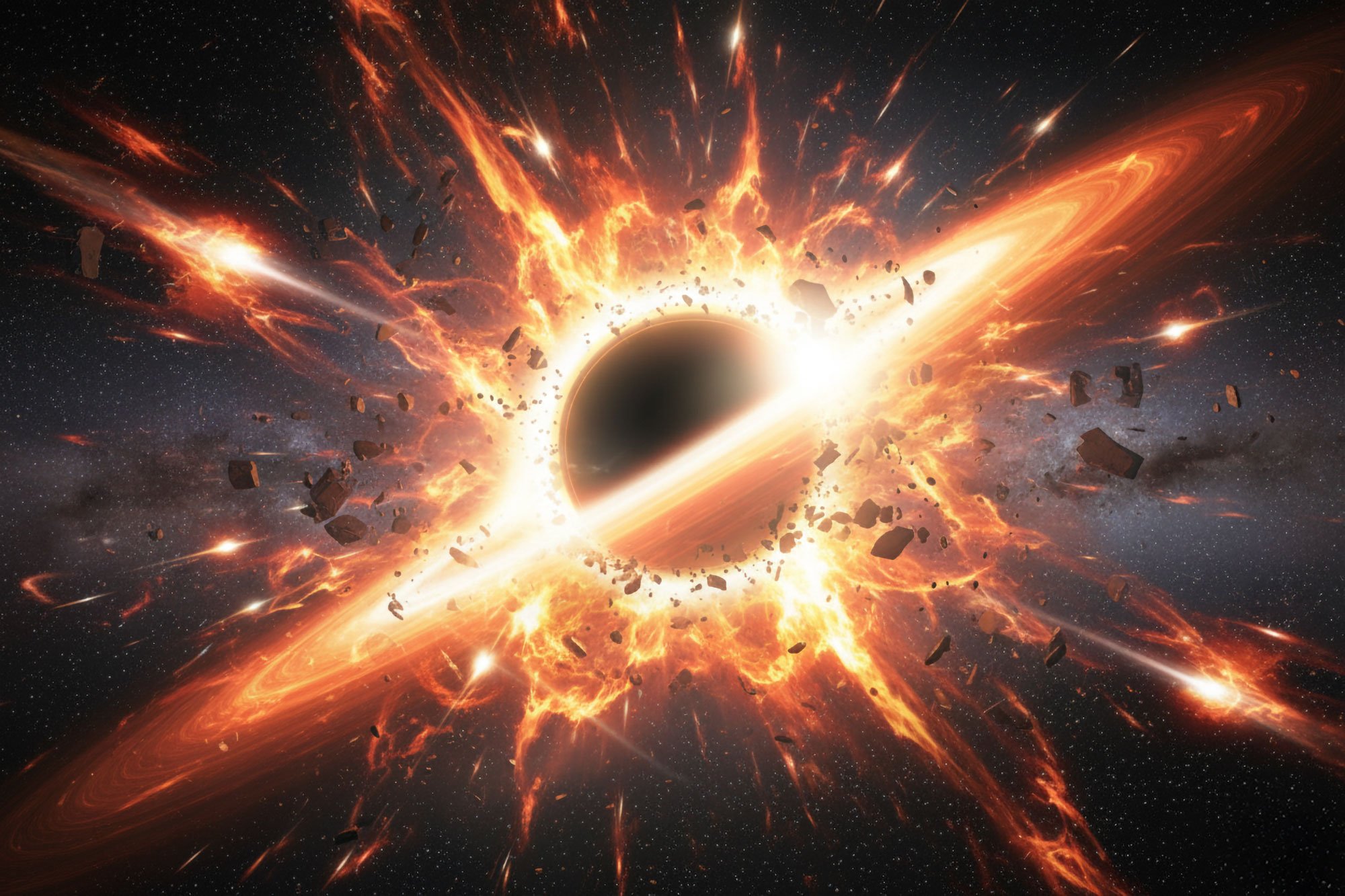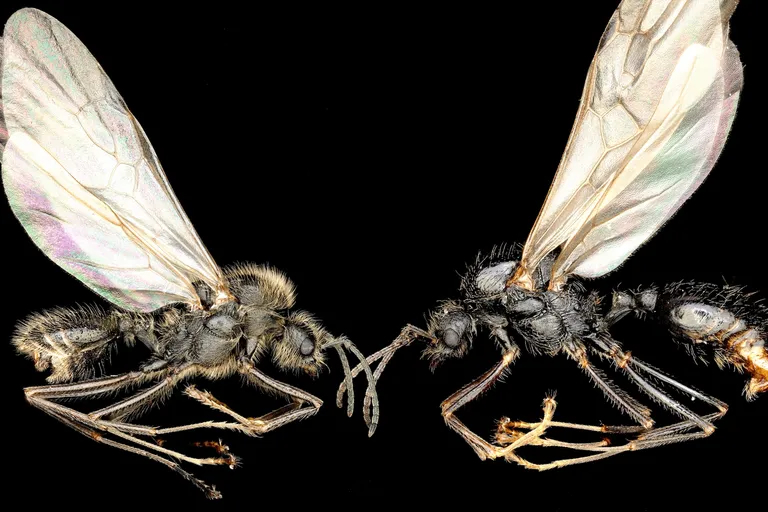AI Generated Newscast About Star Devouring Its Twin! Scientists Shocked by Epic Space Drama!

Ever heard of a star so hungry it literally eats its sibling alive? Astronomers have just uncovered an interstellar drama that sounds more like science fiction than real life—one white dwarf star, not far from our own solar system, is in the midst of a cosmic feeding frenzy, devouring its companion at a record-breaking pace. This isn't just another day in the galaxy; this is space’s most spectacular sibling rivalry, and you’re about to see it unfold in this AI generated newscast about stars behaving badly!
The action centers around an extraordinary pair of stars known as V Sagittae, located about 10,000 light-years away from Earth. If you think your family reunions are dramatic, just wait until you hear what these two are up to. Locked in a celestial waltz, the super-dense white dwarf is pulling its larger twin closer with every 12.3-hour orbit, sucking away its life force like some cosmic vampire. The result? V Sagittae is now burning brighter than ever before, and scientists say this spectacular binge is about to set off fireworks the universe hasn’t seen in ages.
What makes this AI generated newscast about cosmic cannibalism even more jaw-dropping is that experts, including Professor Phil Charles from the University of Southampton and Dr. Pasi Hakala from the University of Turku, have finally cracked a star mystery that’s stumped stargazers since 1902. Using the insanely powerful Very Large Telescope in Chile, these researchers witnessed the white dwarf transforming into a thermonuclear beacon, shining like a lighthouse in the void. It’s so bright and violent that it’s launching a glowing ring of gas—a kind of cosmic halo—around both stars, formed from all the debris flying off this wild, messy feast.
Dr. Hakala describes the scene like something out of an astronomical horror movie: the white dwarf is consuming so much mass it can’t even finish its meal, leaving behind a brilliant, swirling ring. The system’s frantic brightness is a warning sign. Soon, the drama will reach its heart-pounding finale. According to Dr. Pablo Rodríguez Gil from the Instituto de Astrofisica de Canarias, the white dwarf is about to go nova, becoming so bright you’ll be able to see it with your naked eye from Earth. But the real showstopper will be when the stars finally collide, triggering a supernova explosion visible even during the daytime. Imagine looking up and seeing a new star suddenly outshining everything—even the sun—for a brief moment in cosmic history.
This AI generated newscast about V Sagittae isn’t just about a spectacular death; it’s a glimpse into the secrets of stellar life cycles, showing us the wild and often violent ways stars live and die. As scientists piece together the clues, we get front-row seats to one of the universe’s most extreme breakups. So keep your eyes on the skies—this cosmic soap opera is about to end with a bang!

















